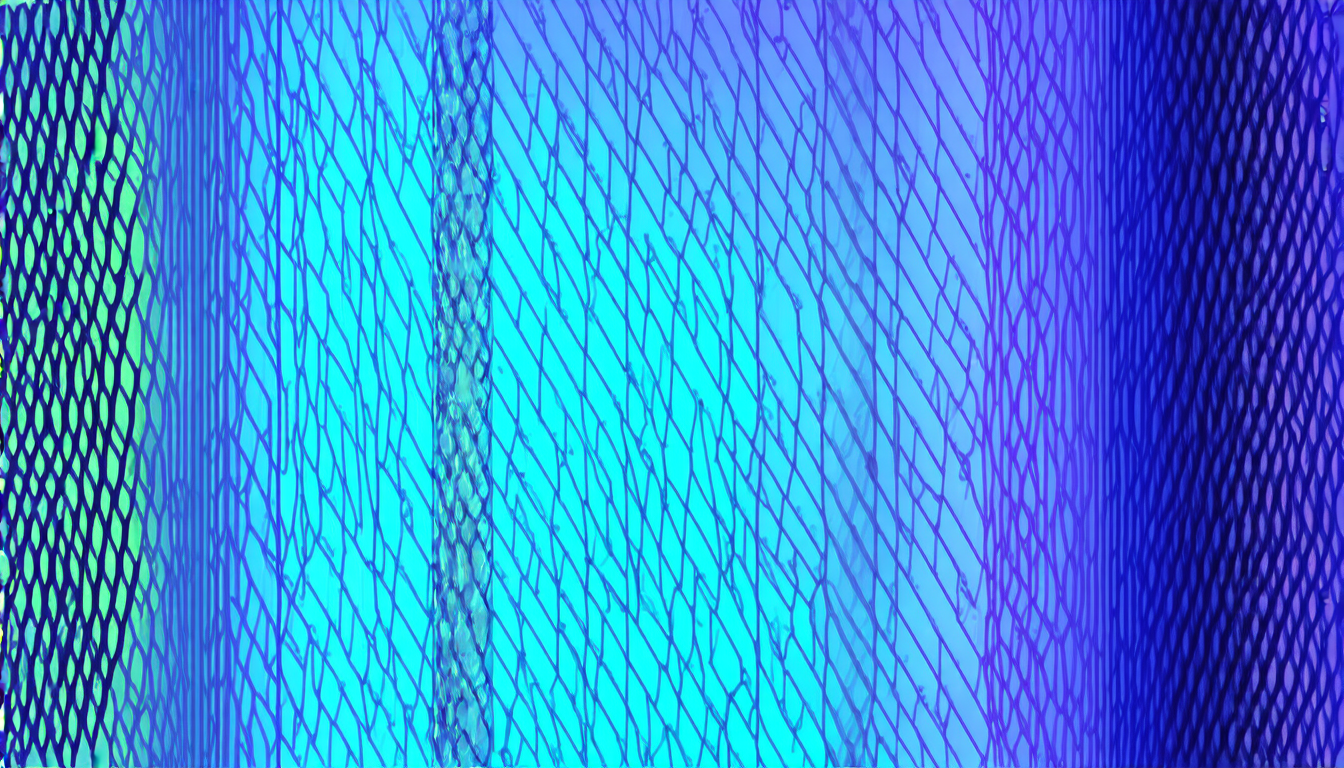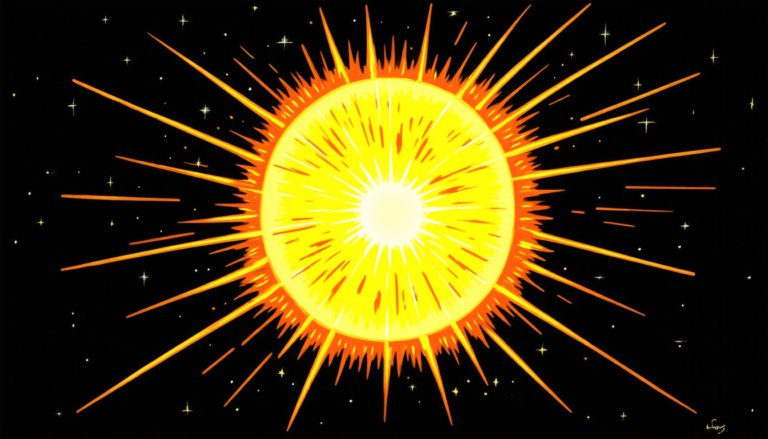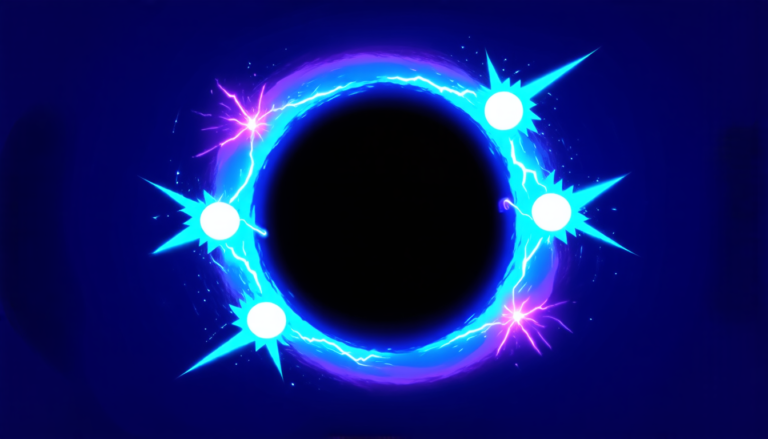Thursday 10 April 2025
A new circle theorem has been discovered for two-dimensional Ising spin glasses, a type of statistical physics model that can exhibit complex and fascinating behavior. The theorem provides a tool for analyzing these models, which are used to study systems where disorder and frustration can lead to unique properties.
The Ising model is a classic problem in condensed matter physics, named after the physicist Wilhelm Lenz who first proposed it in 1920. It’s a simple lattice gas model where each site on the lattice can be either up or down, with nearest-neighbor interactions that favor alignment. In its simplest form, this model exhibits a phase transition at a certain temperature, above which the system is disordered and below which it’s ordered.
However, when you introduce disorder into the model by randomly flipping the signs of some of the interactions, things get much more interesting. The resulting spin glass models can exhibit complex behavior such as multiple phases, metastability, and even a complete breakdown of phase transitions.
The new circle theorem provides a way to analyze these disordered systems by studying the zeros of the partition function, which is a mathematical object that describes the probability distribution of the system’s energy. In the past, researchers have used various techniques to study the zeros of the partition function, but this new theorem provides a unified and powerful approach.
One of the key features of the circle theorem is its ability to capture the essential features of the disordered systems in a simple and elegant way. By studying the zeros of the partition function, researchers can gain insights into the underlying physics of the system, including the nature of the phase transitions and the properties of the different phases.
The theorem has already been tested on several examples of two-dimensional Ising spin glasses, and the results are promising. Researchers have found that the theorem is able to accurately predict the behavior of the system and provide new insights into its properties.
This work has implications for our understanding of complex systems in general, and could be used to study a wide range of phenomena from the behavior of magnetic materials to the structure of biological molecules. It’s an exciting development that could lead to new advances in our ability to understand and predict the behavior of these systems.
Cite this article: “Unlocking the Secrets of Spin Glass Physics: A New Circle Theorem Revealed”, The Science Archive, 2025.
Ising Model, Spin Glass, Statistical Physics, Circle Theorem, Partition Function, Phase Transitions, Disorder, Frustration, Complex Systems, Condensed Matter Physics
Reference: Chaoming Song, “A New Circle Theorem for Two Dimensional Ising Spin Glasses” (2025).







